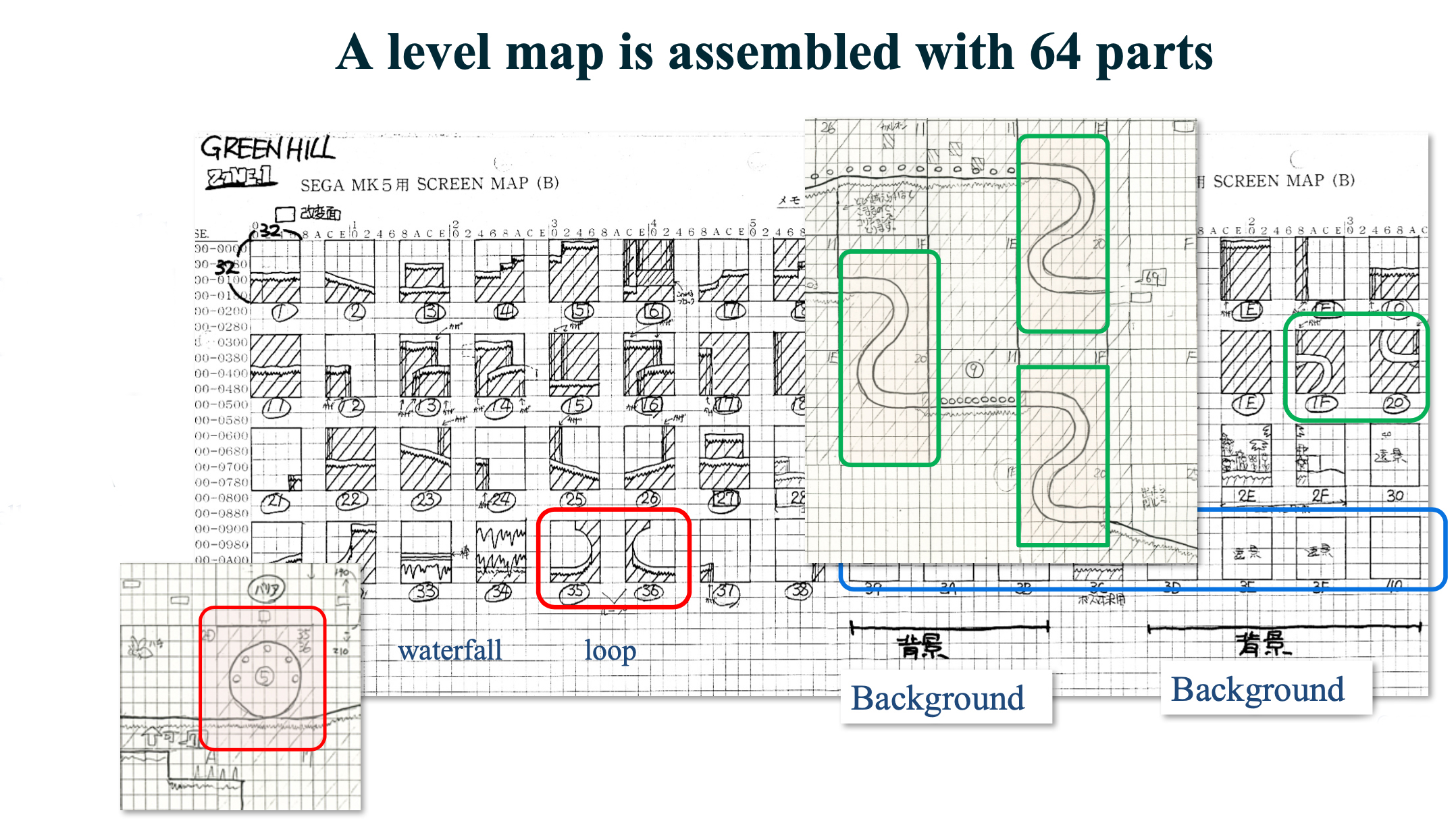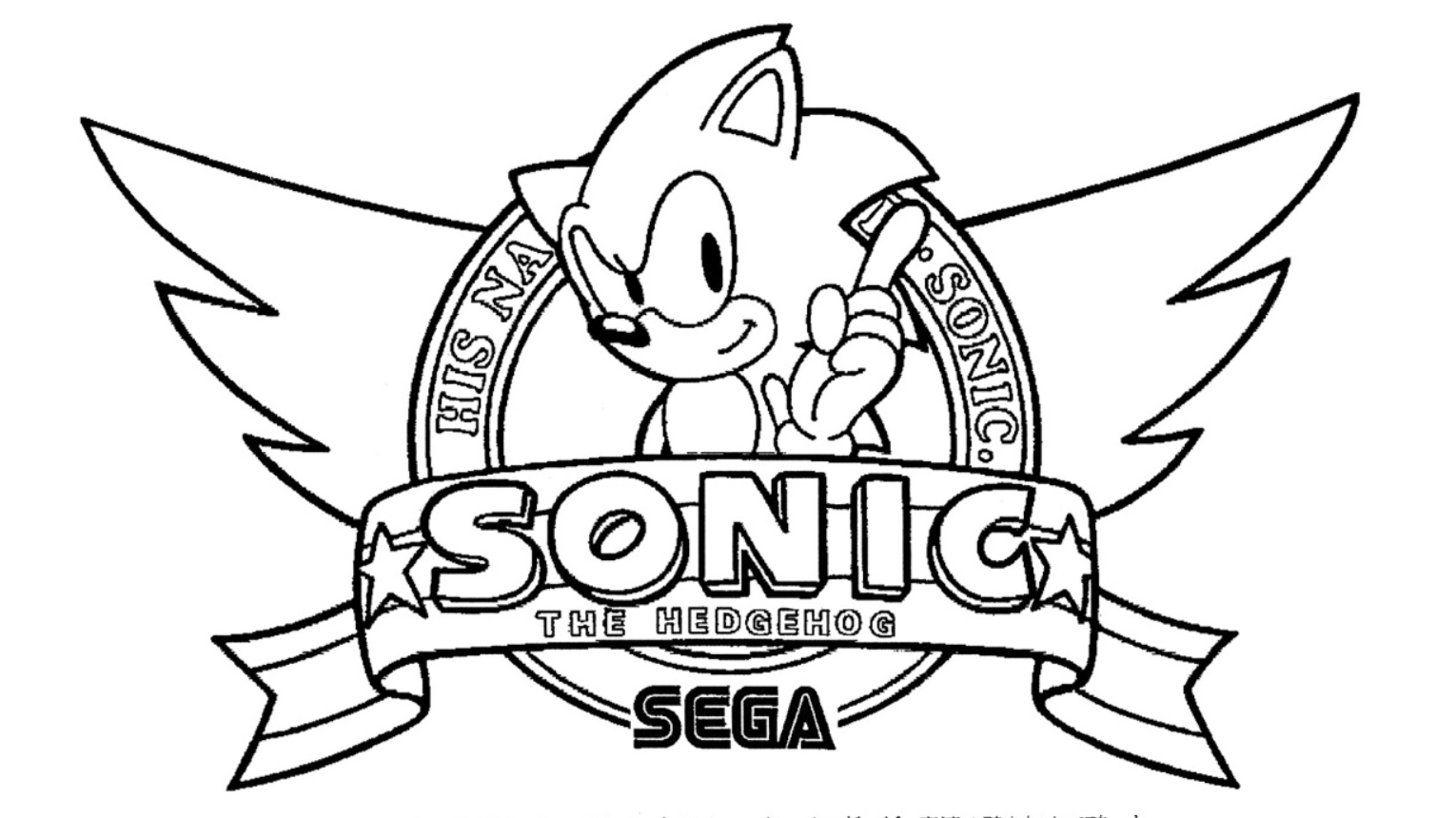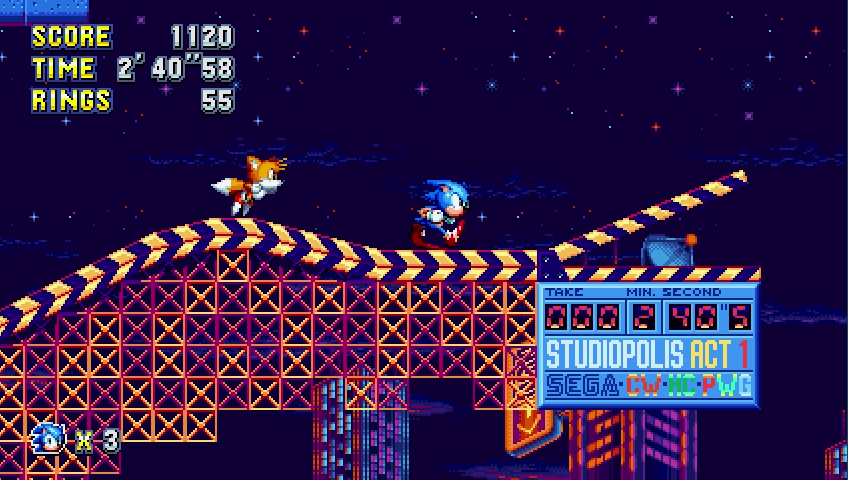Sonic boom: Sega designer tells the origin story of a gaming legend
Interview: ‘I made a game out of the fun I experienced as a kid’

In nature, the top speed of a hedgehog is 4mph. In video games, Sonic the Hedgehog’s velocity is estimated at anywhere between 767 and 3,840mph. The fact that such debates exist and continue to surround Sega’s pixelated whirling dervish confirms the creation of one of popular culture’s most distinctive icons. His is a tale of comic book invention, corporate scheming and the starting point in a revolution that would cement the biggest entertainment medium on Earth. This is the origin story of a gaming legend.
Sonic the Hedgehog hurriedly entered the lexicon of public consciousness 30 years ago, on June 23, 1991, when the original Sega Genesis title hit stores. Now, after multiple releases across eras, machines and platforms, alongside what would become North America’s highest-grossing video game film adaptation of all time, the “brand” actually feels stronger and, perhaps, more impervious to damage than ever before.
But while this seminal character is as unmistakable as the likes of Pac-Man and his nemesis Mario, less is known about the initial development of Sonic and the central role played by three Japanese Sega employees: programmer Yuji Naka, artist Naoto Ohshima and designer Hirokazu Yasuhara. Their story begins at the end of the 1980s, with Sonic barely a sprite in Sega’s eye, surveying a global gaming landscape nearly completely owned by Nintendo.
The so-called “console wars” era, which saw Sega embark on a deliberate and aggressive campaign to take down their rival’s jovial wrench monkey, Mario, have gone down in cultural folklore. Admittedly, the initial strategy was innocent enough with the company launching an internal contest to design a replacement for their existing mascot, the irredeemably forgettable Alex Kidd. Among the entrants was Ohshima, who put forward a range of designs including an armadillo, porcupine, dog, rabbit and a grumpy old man with a mustache, who would later become the villainous Doctor Robotnik.
He also pitched a hedgehog. Conceptualized alongside Naka’s vision for a fast-moving platform game and with their sights set on the US market, Ohshima traveled to New York City, where he presented the frontrunners to tourists strolling in Central Park. There was a clear winner. In events evocatively retold during episode four of High Score, the recent Netflix docuseries about the evolution of video games, this is where Yasuhara enters to complete Team Sonic.
- Best retro games consoles: the top nostalgic gaming revivals
Born from childhood fun and memories

In an interview with TechRadar, Yasuhara explains how he iterated on this turbocharged figure and the hyperreal world he was destined to inhabit: “I was thinking of making the characters something that children could draw and scribble. Simple, with circles, triangles and jagged lines. The green ground and tender slopes were based on my memories of the Japanese countryside where I spent my summer vacations as a child. The idea for enemies were also based on my own memories. I think I made a game out of the fun I experienced as a kid.”
"The green ground and tender slopes were based on my memories of the Japanese countryside where I spent my summer vacations as a child. The idea for enemies were also based on my own memories."
Hirokazu Yasuhara
He was dramatically assisted by the shift to 16-bit technology, with the release of the Sega Mega Drive in 1988 in Japan and the Genesis a year later in North America. How transformative was this? “I didn't have to worry about colors, the number of sprites, processing speed, or many other constraints when designing my games. I was able to move a lot of sprites around (though there were still restrictions) and I had more things to express.
Sign up for breaking news, reviews, opinion, top tech deals, and more.
“I could create collapsing cliffs, smoke and debris from explosions and scattered rings from damage! And I could move large background objects such as falling thorny floors, rotating junctions and moving stairs,” Yasuhara tells us. He and Ohshima explained this process and revealed some of the original artwork (above) in an appearance at the 2018 Game Developers Conference (GDC) in San Francisco, where Sega’s “high concepts” for Sonic were also explained: 1) Cool 2) Challenger 3) History.
Myths, mohawks and feeling super Sonic

These three themes encompassed the grandiosity of their goal. To achieve it, the company placed an emphasis on outflanking Nintendo by zeroing in on the youth market, which would, in time, also attract the demographic below. The most direct example of this came during Sega’s console marketing campaign, featuring the provocative slogan: “Genesis does what Nintendon’t”.
"Sonic does not deny the progress of technology. Technology can make people happy or it can be a tool of control."
Hirokazu Yasuhara
But, equally, Team Sonic was also aware of the requirement to build a fictional history, a myth around this mohawked creation and one that was infused with other effervescent characters and the spirit of the times. They saw their fledgling title not only going up against Mario but also enduring entertainment idols from the worlds of Disney, Marvel and Hanna-Barbera. Moreover, there was an attempt to tune into a perceived 90s “eco boom”, building a narrative that depicted Sonic as a punk-styled, anti-establishment anarchist.
When asked about the ecological framework that underpinned the game's development, Yasuhara says: “When I thought about what to make the conflict between the hero and the villain, I came up with the idea of using environmental issues as the theme since the characters were animals. The environment and development have always been two opposing sides of the same coin.
“The fact that it is not easy to determine which side is righteous was also an advantage when characterizing the characters. Sonic does not deny the progress of technology. Technology can make people happy or it can be a tool of control. The theme of how to use technology is linked to the problems of modern society."
In High Score, Tom Kalinske, the president and CEO of Sega of America during this seismic period, further outlined the company’s “battle plan”: 1) Lower the price 2) Defeat Mario 3) More sports 4) Cool for teens 5) Make fun of Nintendo. He and Team Sonic were roundly successful in all of these, with the original title instrumental in the Genesis outselling its main competitor, the Super Nintendo Entertainment System (SNES), in the US by nearly two to one during the 1991 holiday season.
Approximately $10 billion in revenue across all media

To date, the franchise is reported to have shifted over 1.14 billion units, grossing approximately $10 billion in revenue across all media. Yasuhara worked on a number of the follow up games, reportedly leaving Sega after the 1994 release of Sonic & Knuckles and going on to work for Naughty Dog, Nintendo and now Unity Technologies.
While few of the later Sonic vehicles have captured the imagination in anywhere near the same intoxicating, freewheeling style as this first attempt, there has been a tangible renaissance in recent years. This followed Christian Whitehead’s internationally celebrated remake Sonic Mania – intended to celebrate the 25th anniversary of the series, although it came out in 2018 – and 2020’s more unlikely live-action movie.
Yasuhara, who was credited on Sonic Mania, admits to some disappointment at not being involved in the actual production. But he is clearly enthusiastic about the release: “It was a great quality game, full of new ideas and I was impressed by the deep understanding of the original design, which was created as a 2D game,” he comments.
But Yasuhara does not seem surprised by the enduring impact of Sonic. “The reason why it has lasted so long is because the generation below me has continued to create them. I think it's because they were careful to maintain the high concept while continuing to change it to suit the times,” he explains.
Sonic mania now officially a global condition

Conversely, the full-length movie experienced a universal backlash when trailers were first released, centering on a version of the lead character that, according to The Verge, “upset the entire internet”. Even Ohsima was prompted to comment. “I am worried,” he tweeted. But the rejigged final cut, starring Jim Carrey, went on to become the sixth-highest-grossing film of 2020 worldwide, and a follow-up is in production. Yasuhara confesses he was initially “surprised at the lack of understanding of character modeling and personality.”
"I believe that the future will be the age of subscriptions and ‘games’ melting into one communication tool."
Hirokazu Yasuhara
He continues: “However, I think the reworked version was very good. I want to say thanks for their hard work. In fact, I was very happy to see my game character turned into a movie and I think I was able to fulfill my dream of creating a character that would be accepted in America.”
In his role at Unity, Yasuhara celebrates the “democratization” of this once exclusive, gated community and the development of a technical infrastructure “where anyone can get involved in game creation”. The company’s applications are currently used by approximately two billion monthly active users, providing a unique perspective on where the medium goes next.
Yasuhara’s prediction? “I believe that the future will be the age of subscriptions and ‘games’ melting into one communication tool. I think the next era will come when telecom carriers need game developers. Or the game makers will become one with the telecom companies. After all, people have the most fun when they play with others. That's why games continue to function as a way to somehow connect with others, even though we sometimes fight with each other.”